Keep Exploring
When you make a purchase from Seed Savers Exchange, you help fulfill our nonprofit mission to protect our food and garden heritage. Do even more good by making a donation to help us preserve and share even more heirloom varieties!
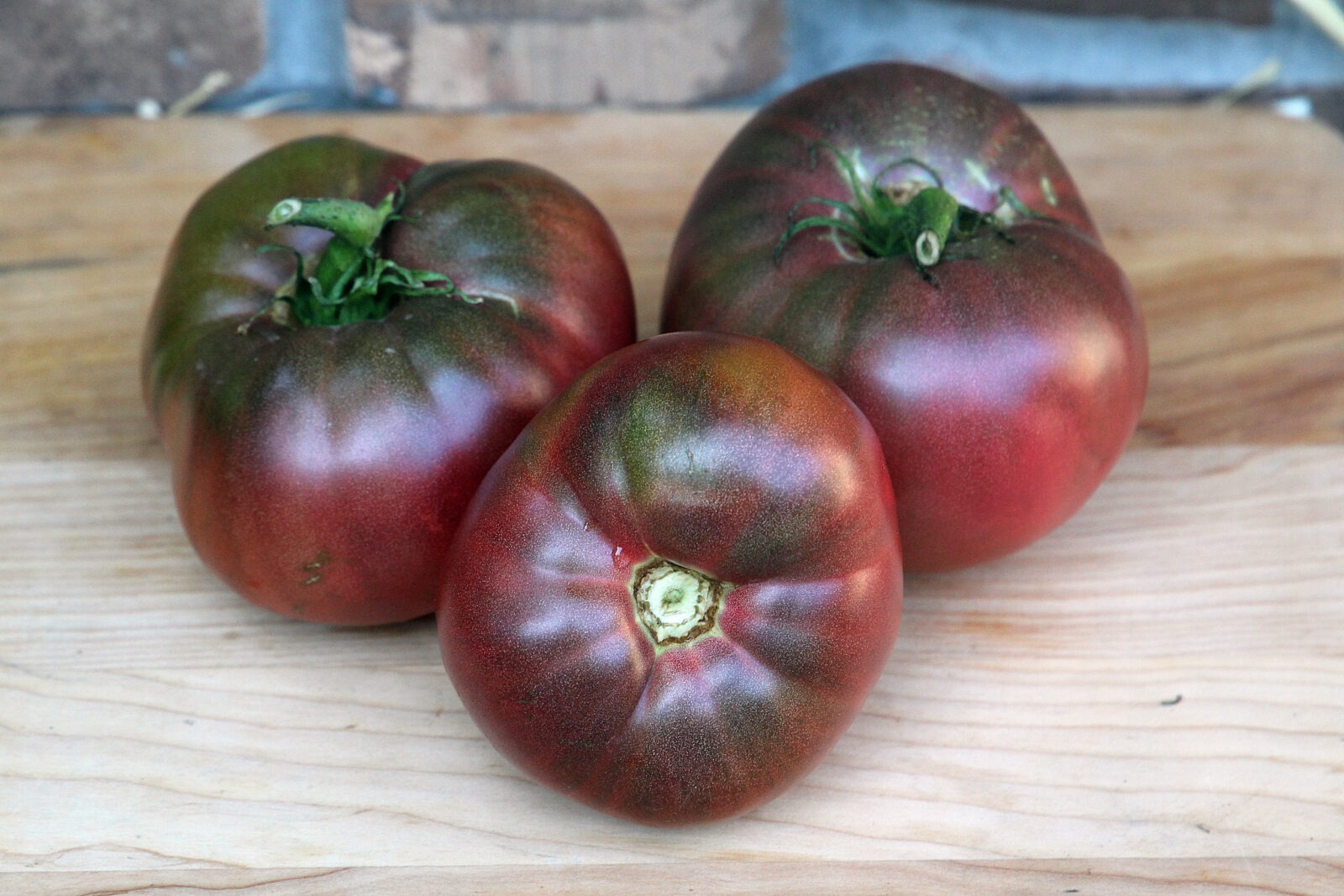
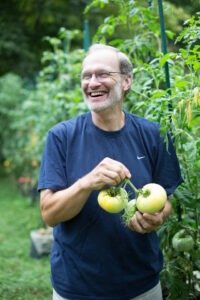
Craig LeHoullier lives and gardens in Hendersonville, North Carolina, having moved there with his wife, Susan, in January 2020 after residing for 28 years in Raleigh. A Rhode Island native, he caught the gardening bug from his grandfather, Walter, and dad, Wilfred. Craig earned his doctorate in chemistry from Dartmouth College, which resulted in a 25-year career in pharmaceuticals that ended in 2008.
Craig discovered a passion for heirloom tomatoes when he joined Seed Savers Exchange in 1986 and today serves as SSE’s tomato adviser.
He has named and popularized many well-known tomatoes, including ‘Cherokee Purple,’ and in 2005 added amateur tomato breeding to his garden resumé. He continues to co-lead a space-limited breeding project, responsible for creating 125 (and counting) new compact growing varieties for space-challenged gardeners.
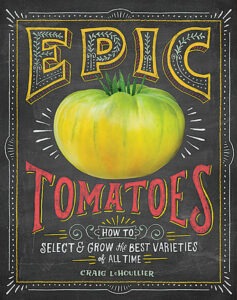
In 2015 he authored Epic Tomatoes, and the following year saw the publication of Growing Vegetables in Straw Bales. His third book, in the works, focuses on his small-space tomato breeding project.
What first piqued your interest in growing tomatoes?
The tomato variety I planted in my very first garden (in 1981) was the hybrid ‘Better Boy.’ They were red and tasty, but ultimately, ordinary and boring. A few years later, I read about Seed Savers Exchange, and my gardens were forever changed once I joined the organization and began to request seeds, including tomato seeds.
To me, no other growable edible combines the staggering diversity of color, shape, size and flavor of the tomato. Add the relative ease of growing and seed saving and the wonderful stories that accompany so many heirlooms, and I was quickly hooked for life.
I continue to grow them with just as much excitement today. There are always more stories to learn, more variations to observe, and more gardeners to coach toward success. It is my lifelong hobby and passion.
What is your favorite tomato variety to grow?
My favorite is ‘Cherokee Purple,’ due to its current staggering popularity, the amazing quality of the tomatoes, and the part I got to play in its introduction. The ‘Cherokee Purple’ story also perfectly illustrates the fragility of heirlooms. If the Cherokees of Eastern Tennessee didn’t share seeds with the granddad of Jean Greenlee . . . if the grandad didn’t pass them on to Jean . . . if Jean didn’t share them with John Green . . . if John didn’t send them to me . . . if I didn’t name and then send them to Jeff McCormack of Southern Exposure Seed Exchange . . . if Jeff didn’t list the variety in the 1993 catalog—if even one of those things had not happened, we probably wouldn’t have ‘Cherokee Purple’ today.
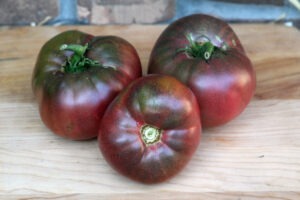
Can you provide a couple fun facts about tomatoes—something interesting that most folks likely would not know?
First fun fact: After growing thousands of varieties of tomatoes, I can honestly say that there is no correlation between color and flavor. I can identify tart, sweet, intense, fruity. or bland examples in every single tomato color.
Second fun fact: A large scale study of acidity (pH) of tomatoes of hundreds of types carried out decades ago blew the myth of the low-acid tomato out of the water. All tomatoes have acidity levels within a very narrow range. When we call a tomato “low acid,” what we should be saying is “high sugar”—the sugar levels in such tomatoes are elevated so that the acidity is covered up. What this means is that any tomato can be part of your end-of-season canning project.
What are your top five tips for growing healthy, happy tomatoes?
1. Start with a high-quality, sterile seed-starting mix so that you get seedlings off to a healthy start.
2. Once the seedlings are ready to plant out, make sure they are in as good a location as possible—in as much sun as your property allows, in rich soil that drains well (or in containers with a blend of high- quality soil less planting mix augmented with compost, or in an appropriately prepared straw bale).
3. Know your plants—visit them often; know what they look like when they are happy, and when they are troubled. Tomatoes will fail if they are planted and then largely forgotten.
4. Provide what your tomatoes need, by understanding what they need. Watering and feeding needs vary depending upon how and where your tomatoes are planted; be clear on what they will need and be sure to provide it.
5. Fall in love with the journey of gardening—cherish the hours and days spent among the plants, but don’t get overly hung up on expectations of “x number” of pounds per plant. There are no guarantees with gardening, and each season will bring different challenges and results. But each season will also teach observant, involved gardeners an awful lot that can be incorporated in future gardens.
Learn how to grow and save tomato seeds.
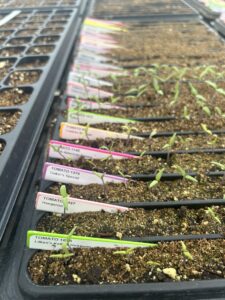
By Craig LeHoullier
“This incredibly simple, easy-to-make tomato bisque is equally delicious whether using fresh or canned tomatoes and originated from Peter Christian’s, a now-defunct New Hampshire restaurant,” says Craig. “I altered it to make it more healthy—eliminating the cream and cheese—and more focused on the flavor and quality of the tomatoes. I’ve made it with all-green flesh, all-yellow/orange flesh, all-red/crimson flesh, and combos of all these—it is about the flavor!”
INGREDIENTS
Soup
Croutons
DIRECTIONS
Soup
Croutons
Melt butter in the microwave. Add cheese, garlic, and oregano, then add the bread and toss to coat; microwave on high for 3-5 minutes, stirring every few minutes, until the butter and herbs are absorbed and the croutons get crunchy. Warning: These croutons are totally addictive!
Originally published May 3, 2021 by Sara Friedl-Putnam. Updated January 29, 2025.
Keep Exploring
When you make a purchase from Seed Savers Exchange, you help fulfill our nonprofit mission to protect our food and garden heritage. Do even more good by making a donation to help us preserve and share even more heirloom varieties!